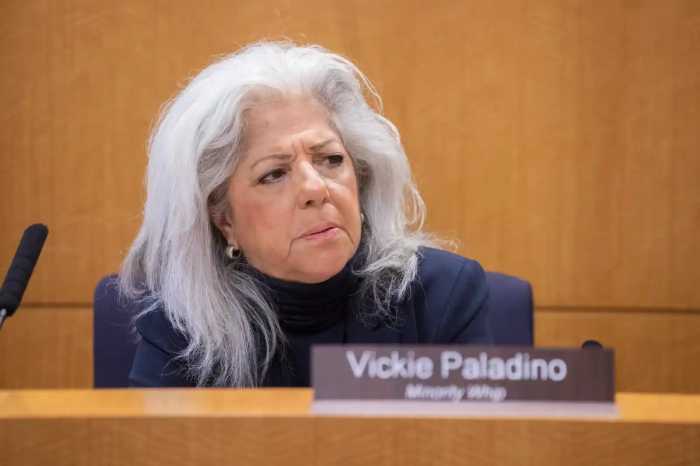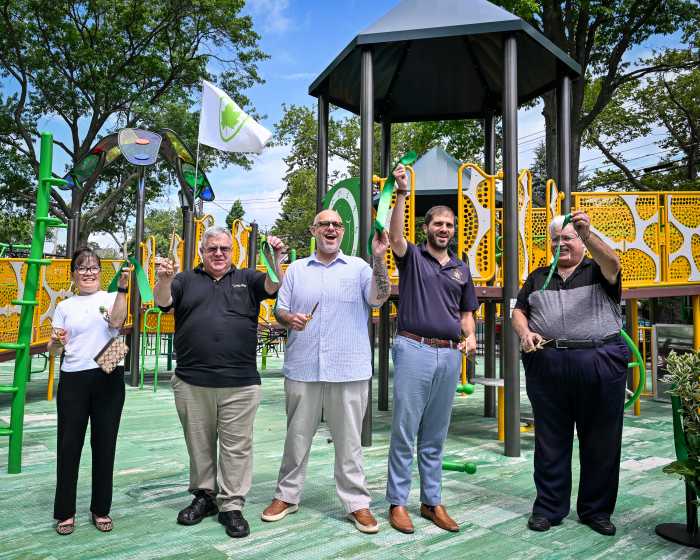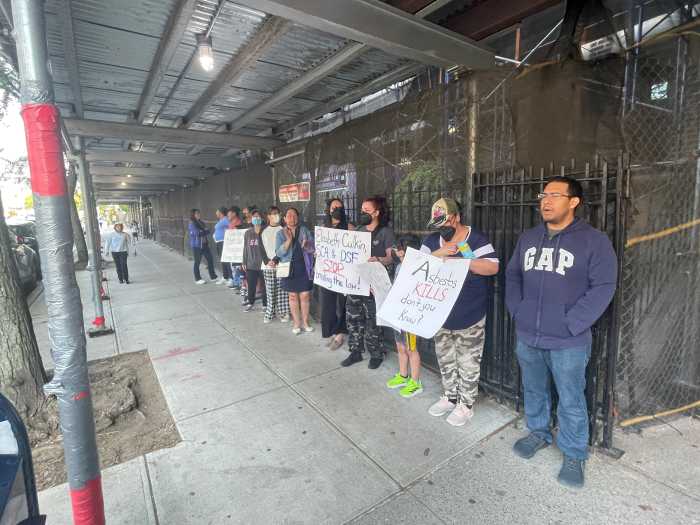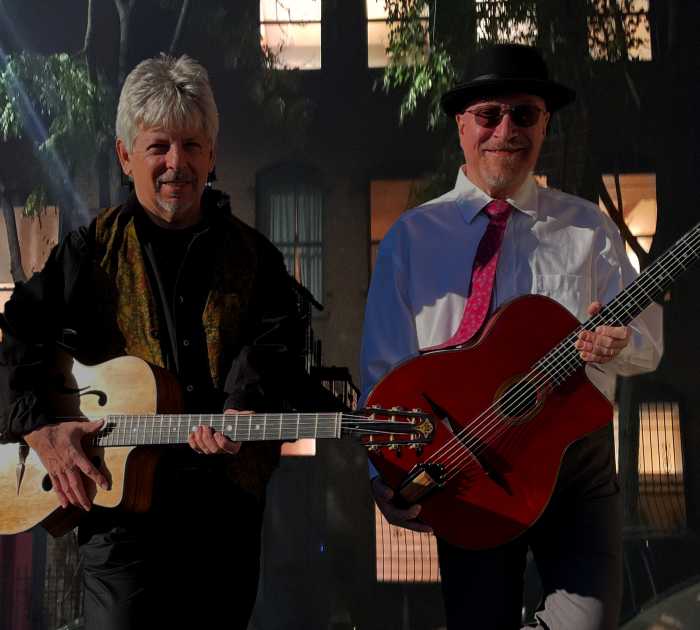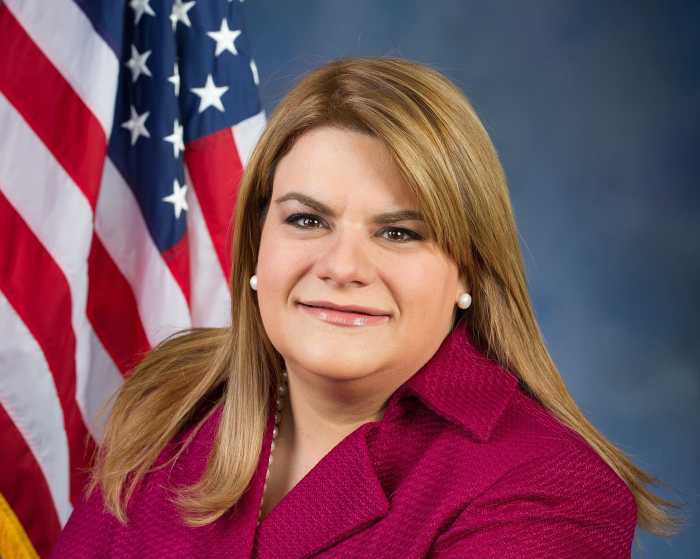The fate of a controversial Homecrest development could be decided in roughly two months, ending almost a year of construction limbo for both the builder and aggravated local residents.
There will be no more public hearings involving 1610 Avenue S, as the city’s Board of Standards and Appeals (BSA) is now waiting for additional information to make clear its decision.
The project calls for the construction of a 66-foot tall building with 25 condo units and 15 parking spaces.
Critics have said the project is a gross abomination compared to the low-rise character of the neighborhood, which consists mostly of one- and two-family homes.
Opponents contend that construction at the site is in fact illegal, since the foundation was not completely poured before the area’s zoning was changed in 2006. With the new zoning in place, a project of this size is illegal without the approval of the BSA.
The developer, Samuel Kahan, through his attorneys, has said that a substantial percentage of the foundation was poured in time.
But last October, the city’s Department of Buildings (DOB) found that the project was proceeding illegally, after months of insisting that the developer was operating legally. The DOB issued a stop-work order, finding that the foundation was not complete at the time the area’s zoning was changed.
The developer then appealed his case the BSA, the final arbiter on the matter.
Susan Regan, an attorney working pro bono for opponents, said her engineer, Liam O’Hanlon, found that two of the foundation walls are in fact “shoring” walls, considered temporary structures, and shouldn’t even be counted as part of the foundation.
“Our engineer is saying they need to be taken out and replaced with foundation walls,” Regan said.
She added that the developer, through his own admission, said that “controlled inspections” of the concrete—a safety measure that tests samples of concrete—were never even conducted, something she suspects was done because “they were in a hurry” to pour the foundation before the zoning was amended.
The question the BSA is hoping the DOB clears up is whether the agency will vest, or make legal, a property without the required testing having ever been conducted.
At the Sept. 9 BSA hearing, the DOB had no answer to this question, Regan said. The agency was given a few weeks to come up with an answer, Regan said.
The developer’s attorney, Deirdre Carson, through Joey Kaiser, a spokesperson for Carson’s firm Greenberg Traurig, said she couldn’t discuss a case that is still pending.
Regan, though, had plenty to say: “In their rush to protect their investment, have these people stepped over the line, in terms of obeying the law and also all the safety requirements?”
“Was the DOB really looking at little pieces of it and not at the most important thing, and that is: before they vest a project, is it safe?” she continued.
“Whoever is not being forthcoming with the facts,” Regan added, “I would like them to be corrected. I don’t want an unsafe building to go up in this beautiful neighborhood.”



